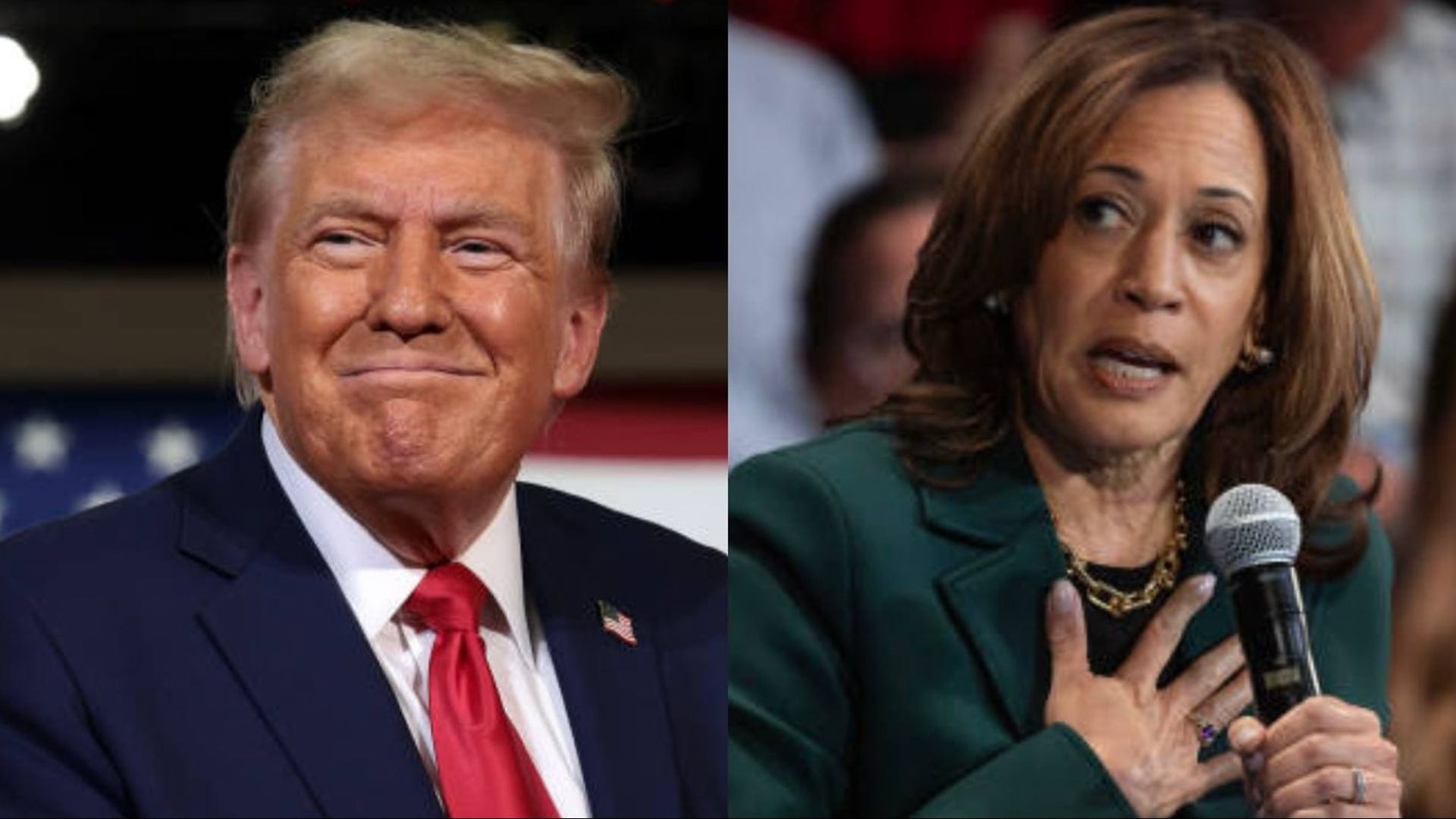Hawaii is one of the bluest states in the country. But it wasn't always that way.

With just days to go, the 2024 contest between former President Donald Trump and Vice President Kamala Harris is neck and neck in the battleground states that will decide the Nov. 5 election, according to opinion polls.
But Hawaii, the nation’s 50th state, remains reliably and historically Democratic, more so since its most famous resident and former President Barack Obama, became the party’s nominee in 2006. But that wasn't always the case.
Before achieving statehood in 1959, the Republican party was the dominant force in the Legislature of Territorial Hawaii. However, the island’s strategic location in the Pacific became a Cold War intelligence hub, making Hawaii vital to U.S. defense interests.
But since the 1954 territorial elections, Hawaii has frequently held a Democratic trifecta, which means control of the governor’s office and both chambers of the state legislature. In its 65-year history as a state, voters have elected only two Republican governors and sent just three Republicans to the U.S. House of Representatives.
Colin Moore, a political scientist and professor at the University of Hawaii, acknowledged that “The primary election is often the general election” in state politics.
So, what led to this dramatic shift in the state’s political landscape? Ultimately, the rise of labor unions.
Hawaii’s Political Shift: From Monarchy to Oligarchy
The 1887 Bayonet Constitution dramatically changed Hawaii’s political landscape, stripping the Hawaiian monarchy of its powers and creating an avenue for the Republican Party to take control. This era saw the rise of the “Big Five” oligarchy —sugarcane plantations that heavily influenced the state’s economy and politics.
By the 1930s and ’40s, industrialists suppressed labor movements to maintain their power. However, labor strikes and civil disobedience actions began to challenge their dominance.
Labor Movements and Civil Disobedience
Labor strikes in the 1930s, led by figures like Jack Kawano and Jack Wayne Hall, were crucial in challenging the sugarcane plantations’ power. The Hawaiian Dock Strike of 1949, in particular, highlighted workers’ demands for fair wages and better conditions.
Post-WW2 veterans like Sen. Daniel Inouye returned to Hawaii and became key figures in the Democratic push. Labor unions, especially the International Longshore and Warehouse Union (ILWU), aligned with the Democratic Party to challenge the status quo.
John A. Burns and the Democratic Party’s Rise
Hawaii’s first Democratic Governor, John Burns, played a pivotal role in this political shift. His efforts to unify the labor movement and strengthen the Democratic Party led to significant electoral victories.
The 1954 territorial elections marked a turning point, with Democrats winning a decisive majority in the House and Senate for the first time. This shift led to progressive reforms such as taxation, land reform, and expanded collective bargaining rights.
Statehood and Democratic Dominance
The push for statehood further solidified Democratic control. With the party’s support, Hawaii became the 50th state in 1959.
The legacy of the 1954 elections and its reforms appears to endure today. In 2023, Hawaii had the highest percentage of union workers in the United States, including 24.1% of its working population, according to the U.S. Bureau of Labor Statistics.
Moore notes that Hawaii Democrats are a “big tent” party and sometimes slow to adopt socially progressive legislation. For instance, Hawaii was slow to enact same-sex marriage and medical marijuana laws, and efforts to fully legalize marijuana have stalled. Additionally, Hawaii and Utah are the only states that continue to ban gambling.
“People on the mainland need to understand the social conservatism here because I think that it’s often lost,” Moore said.
Hawaii GOP not throwing in the towel
In a recent interview with Paste BN, Hawaii GOP Party Chair Tamara McKay acknowledged that her party faces an uphill battle, especially with union workers. “When it became a state in 1959, the Democratic Party seemed to capitalize on that kind of labor movement and civil rights,” she said.
“I think (Hawaii’s GOP) is a huge opportunity to elect new people, getting the laws changed on the unions and creating another avenue for economic development to where I believe it would give independence back to the citizens.”
However, McKay noted that the GOP has been plagued by infighting and poor organization. Since 2021, she is the ninth party chair, and Republicans have consistently struggled to recruit strong candidates—or sometimes any candidate—to run in major races.
“(Hawaii’s GOP) has struggled over the years,” said McKay. “The only way that we are going to change and get better is ... to think outside the box. We have to get with the times. We have to focus on, to be committed to a message.”
Jeremy Yurow is a politics reporting fellow based in Hawaii for the Paste BN Network. You can reach him at JYurow@gannett.com or on X, formerly Twitter @JeremyYurow